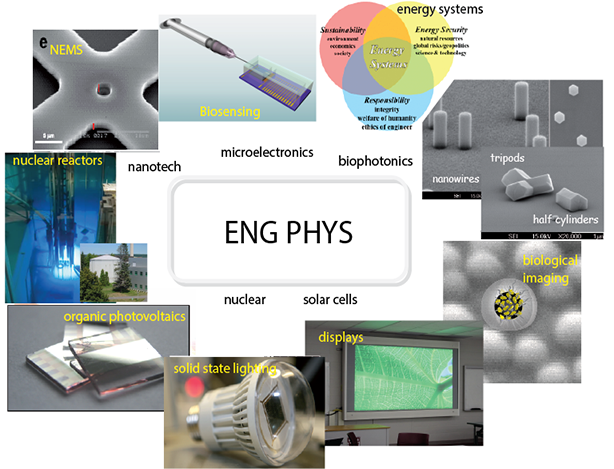Simple Experimental Design for Calculation of Neutron Removal Cross Sections
Abstract
This article proposes an experimental technique that could be used to determine the removal cross section of a given shielding material. Removal cross sections can provide a rough estimate of the fast neutron shielding capabilities of the material in question. In general, removal cross sections indicate the probability, per unit path length, that a neutron will be both scattered out of the fast flux and moderated to thermal energies. Furthermore, removal cross section data are not available for several promising shielding materials. The experimental technique proposed in this article allows for a quick comparison of several candidate shielding materials prior to selecting one for a rigorous shielding analysis. The benefits and limitations of this experimental technique are discussed. The major limitation of this technique is found to be the lack of consideration for neutron absorption reactions, which, in certain cases, can lead one to believe that a certain material is a good shielding candidate, when it is not. Further work on this technique would involve comparing the removal cross sections of various materials to their actual fast neutron shielding capabilities, as determined by a shielding analysis code, to see if the predictions made solely from the removal cross sections are valid in practise.
References
R.T. Santoro, J. Nucl. Sci. Technol. 37, 11 (2000).
R.L. John and J.B. Anthony, Introduction to Nuclear Engineering, Third Edition (Prentice Hall, 2001).
J.T. Chapman and C.L. Storrs, Effective Neutron Removal Cross Section for Shielding (Oak Ridge National Laboratory, Oak Ridge, Tennessee, 1955).
K.W. Jang, B.S. Lee, and J.H. Moon, Appl. Radiat. Isot. 69, 711 (2011).
T. Korkut, A. Karabulut, G. Budak, and H. Korkut, J. Radioanal. Nucl. Chem. 286, 61 (2010).
J. Turner, Atoms, Radiation, and Radiation Protection, 3rd ed. (Wiley, 2007).
T. Hayashi, K. Tobita, Y. Nakamori, and S. Orimo, J. Nucl. Mater. 386–388, 119 (2009).
Published
Issue
Section
License
Authors who publish with this journal agree to the following terms:Authors retain copyright and grant the journal right of first publication with the work simultaneously licensed under a Creative Commons Attribution License that allows others to share the work with an acknowledgement of the work's authorship and initial publication in this journal.
Authors are able to enter into separate, additional contractual arrangements for the non-exclusive distribution of the journal's published version of the work (e.g., post it to an institutional repository or publish it in a book), with an acknowledgement of its initial publication in this journal.
Authors are permitted and encouraged to post their work online (e.g., in institutional repositories or on their website) prior to and during the submission process, as it can lead to productive exchanges, as well as earlier and greater citation of published work.


